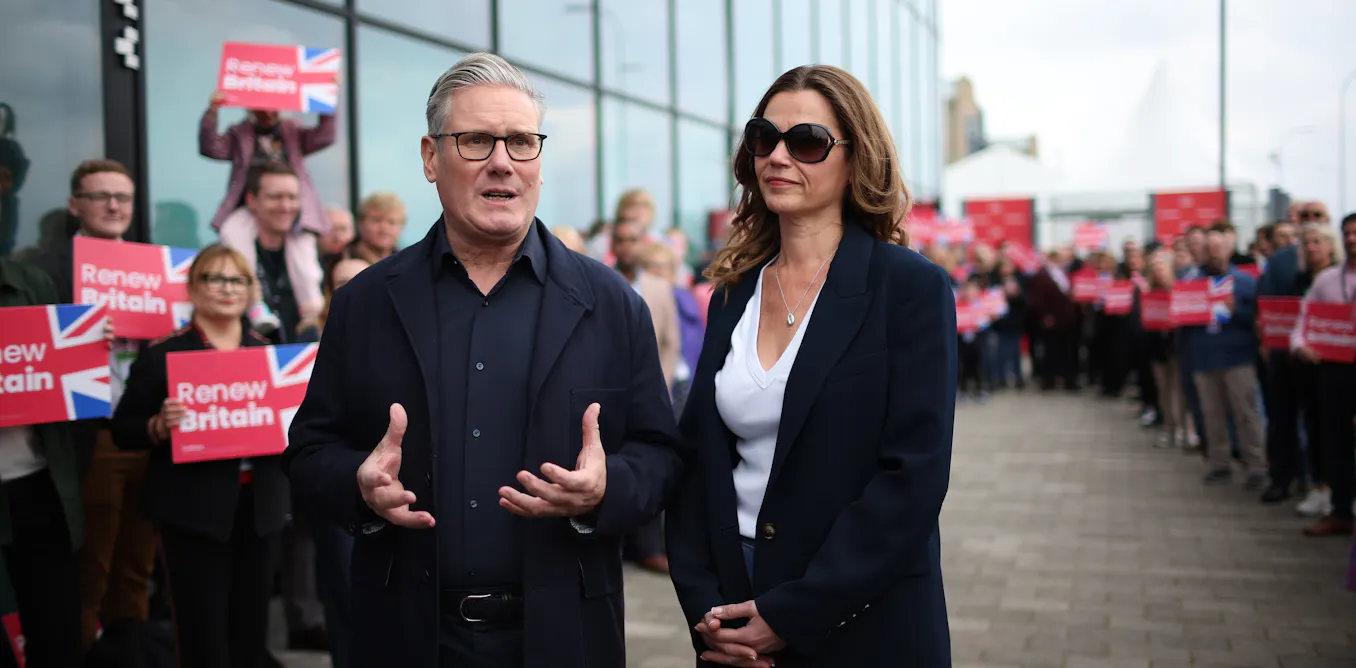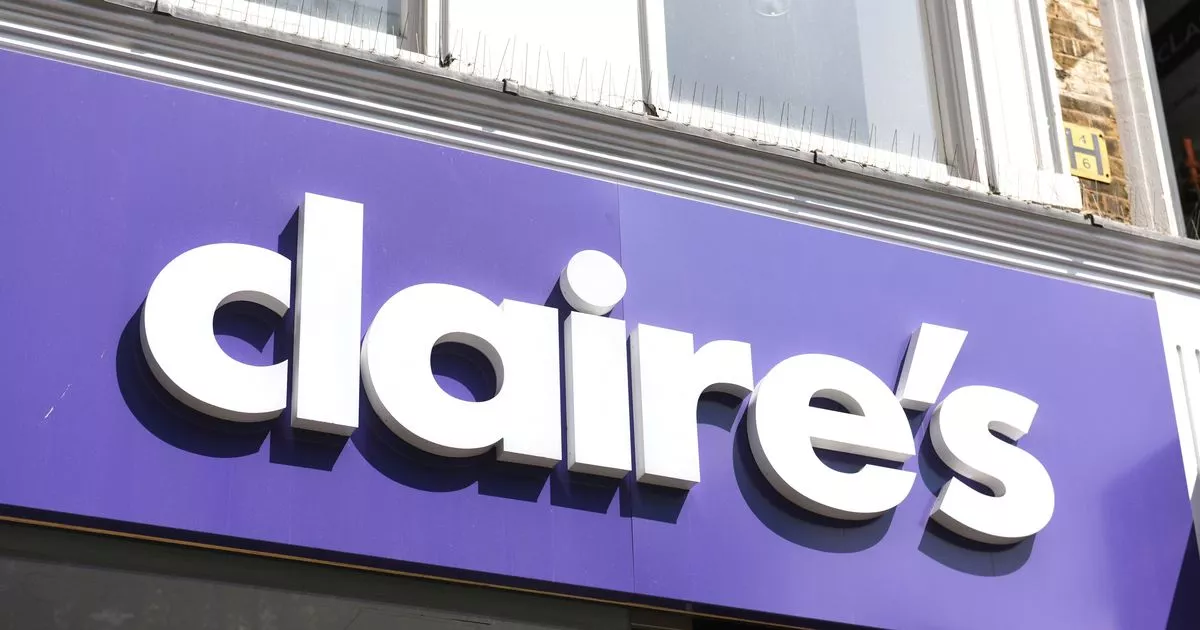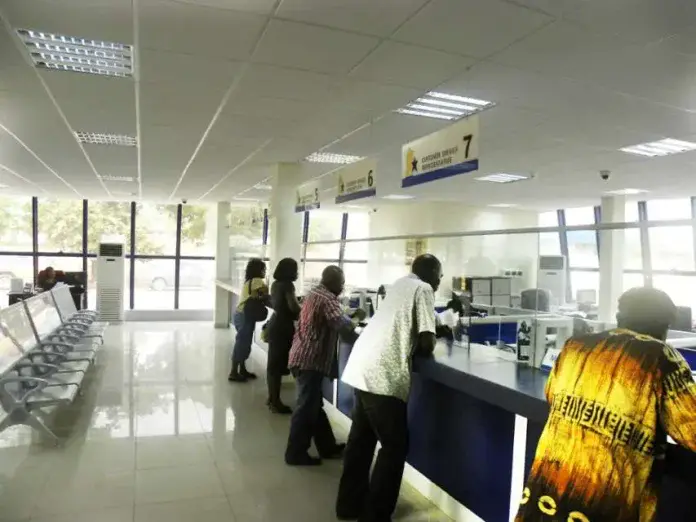No more resets, reboots and reshuffles: brand experts on why Labour now needs a total overhaul
By Associate Professor in Marketing,Christopher Pich,Clinical Assistant Professor of Marketing,Indiana University,University of Nottingham; Kristina Harrison
Copyright theconversation

Labour is holding its 2025 conference against a backdrop of Andy Burnham, mayor of Manchester, calling for “wholesale change”. Burnham is making a clear attempt to use the government’s record of scandal, u-turn and general identity crisis as fuel for his own leadership bid. But he is far from alone in attacking Keir Starmer’s Labour for lacking ideological clarity.
Starmer and his team have repeatedly tried to reset the party’s image, reframe its message, and reassure voters that Labour represents competence, stability and pragmatic change. These efforts have amounted to two of the three classic branding strategies: brand repair and brand reboot.
Labour has so far stopped short of the third and most consequential option: a full brand overhaul. But this is precisely what is now required. Surface-level resets and tactical communication tweaks cannot solve a deeper problem: voters remain unclear about Labour’s ideological core, its long-term vision, and its promise to UK voters.
Unless the party embraces a bold, comprehensive rebranding strategy – one that redefines who it is, what it stands for, and why it matters – Labour’s historic return to power risks becoming a short-lived chapter rather than the foundation of a durable political future.
In politics, as in business, repairing a brand involves rebuilding trust by returning to old positioning – in Labour’s case, competence and accountability – and apologising for past mistakes. This approach often involves messaging changes, policy tweaks or symbolic gestures.
Rebooting entails shifting the narrative, such as toward innovation, younger voters or new priorities, even if it risks alienating some traditional supporters.
Brand replacement (the overhaul option) means launching a fundamental rebrand with a new narrative, visual identity, messaging platform – and possibly leadership. This would be a radical reset aimed at shedding old baggage and redefining what the party stands for.
The resets and reboots to date
To be fair to Starmer, he hasn’t sat by idly in the face of this problem. He has attempted to recapture and rearticulate his political brand.
A reset strategy emerged in May, following the dismal results of England’s local elections and Labour’s defeat to Reform UK in the Runcorn byelection. The reset was designed to reassure voters that Starmer understood why people had turned away from the party at the polls. In an attempt to clarify his message, he vowed to go “further and faster” in delivering change.
However, it had little impact in reviving the fortunes of the Labour brand. Voters remained unconvinced the party could address deep-rooted societal issues.
This initial reset strategy, an attempt at a classic form of brand repair, failed for a simple reason: it was too superficial. Rather than articulating a bold new direction, the messaging focused narrowly on “delivery” and competence, without addressing deeper questions about identity or purpose.
Resetting the message does little if the audience no longer trusts the messenger. Voters weren’t rejecting Starmer for being unclear about logistics – they were rejecting a party that still hadn’t told them who it was and what it believed in.
Starmer had to bring forward the implementation of the second rebranding strategy in the wake of the downfall of the deputy prime minister, Angela Rayner: a brand reboot in mid-September. Broader than the repair-reset strategy, this involved an attempt to clarify Labour’s message, communicating clear dividing lines with its political competitors including Reform and the Conservatives.
Starmer wanted to demonstrate he had the answers to the big issues of concern to the British public: immigration, welfare and the cost of living. This was supported by a cabinet reshuffle, which sought to demonstrate that the most effective ministers with the right personalities were in charge to “deliver, deliver, deliver”.
However, news of this reboot was quickly drowned out by fresh controversy around the now sacked UK-US Ambassador Peter Mandelson, who had been close friends with Jeffrey Epstein.
Go big or go home
In truth, neither of these previous efforts represented a real reset or reboot in the branding sense. Both were reactive attempts to contain crises and manage headlines. They were not proactive efforts to rebuild the party’s underlying narrative architecture.
A full overhaul would be risky, but may now be the only option left. And Labour has been here before. Between 1992 and 1997, Tony Blair and Gordon Brown implemented a major rebrand of Labour – and secured three election wins.
In business, a full brand overhaul is typically done when an organisation wants to fundamentally change how it is perceived, or reach out to an entirely different customer base. International brands to have taken this path include Airbnb, Burberry, Shell and Altria (formerly Phillip Morris), as well as Facebook, which shifted to being Meta, and Dunkin’ Donuts, which became simply Dunkin’.
Sometimes, a full brand overhaul strategy is adopted to respond to deep crises, to rebuild after failed resets, or to modernise. It must include both style and substance.
The risk is that a total overhaul can alienate parts of the existing customer base and create internal divisions. It can spark accusations of inauthenticity or opportunism.
But these risks can be mitigated if the brand overhaul is grounded in genuine substance, not just cosmetic changes. For Labour, that means linking it to real policy priorities, and communicating consistently and transparently about what the party stands for.
Labour keeps repainting the walls but the foundations are crumbling. A meaningful overhaul would begin with articulating a clear, values-driven vision for Britain that goes beyond technocratic “delivery” to offer a sense of purpose and direction.
It would involve aligning party messaging, policy and leadership around this vision, so that every communication reinforces the same story. And it would see leadership involving party members, communities and voters in the process – turning a top-down rebrand into a collaborative renewal. Done right, a bold reimagining of Labour’s identity could not only restore trust, but secure its place as the natural party of government for a generation.



